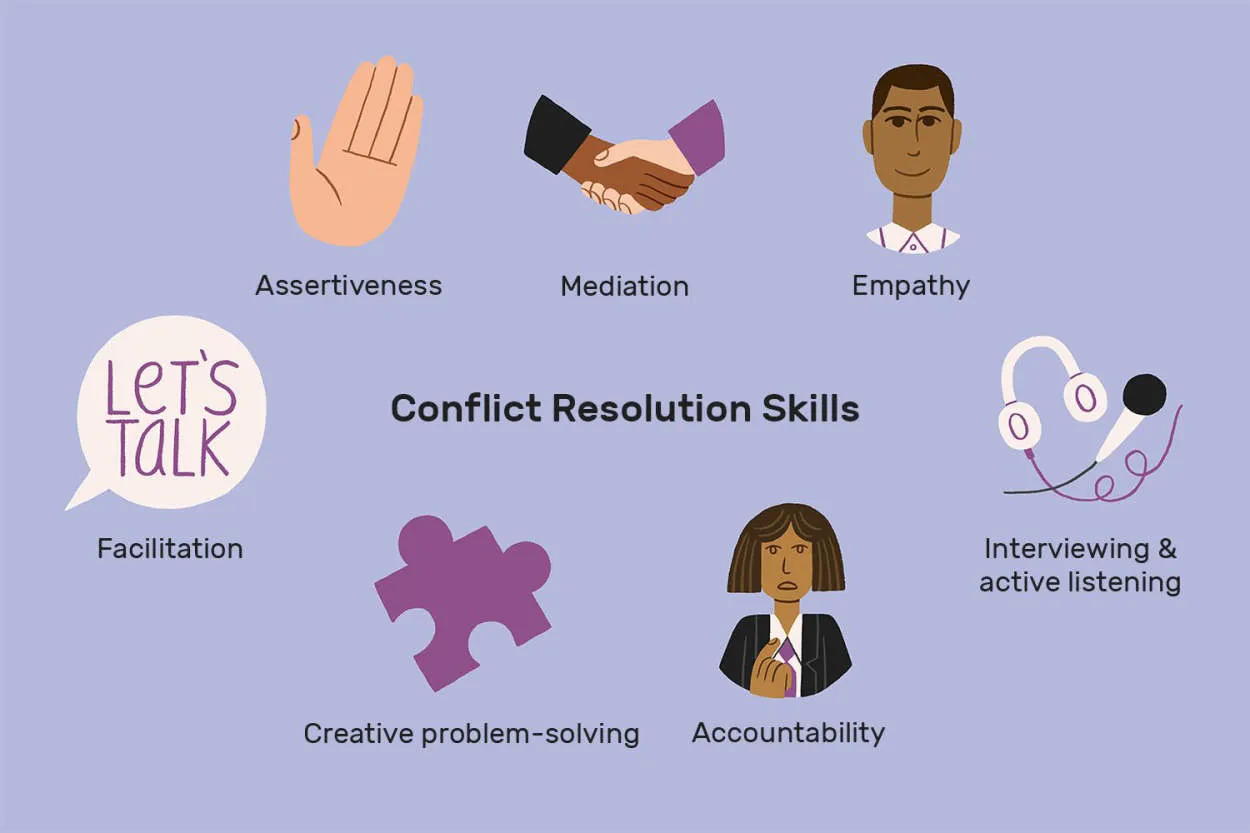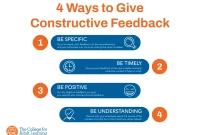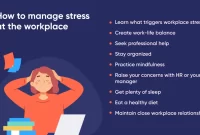The art of conflict resolution in team environments is essential for fostering a harmonious and productive work atmosphere. By effectively addressing and resolving conflicts, team members can improve communication, build stronger relationships, and reach shared goals. In this article, we will explore strategies and techniques to navigate conflicts and promote collaboration within teams.
Understanding the Nature of Conflicts in Teams
In team environments, conflicts are inevitable and can arise due to various reasons. Understanding the nature of these conflicts is crucial for effective conflict resolution.
1. Differences in Perspectives: Conflicts often arise when team members have different perspectives, experiences, or opinions on a particular issue. These differences can lead to misunderstandings and disagreements.
2. Communication Issues: Poor communication or miscommunication within a team can escalate conflicts. Misunderstood messages, lack of clarity, or ineffective listening can contribute to conflicts and hinder problem-solving.
3. Role Ambiguity: Unclear roles and responsibilities among team members can result in conflicts. When individuals are unsure about their tasks or stepping on each other’s toes, it can lead to tension and disagreement.
4. Personality Clashes: Personalities differ within a team, and conflicting traits can create friction. Misaligned values, working styles, or conflicting personal goals can contribute to conflicts among team members.
5. Competition for Resources: When resources such as time, funding, or recognition are limited, team members may compete with each other, generating conflicts around who gets what and why.
6. Lack of Trust: Trust is crucial for effective teamwork, and its absence can lead to conflicts. Doubts about competence, reliability, or intentions can create an atmosphere of suspicion and conflict.
7. Organizational Factors: External factors, such as organizational policies, power dynamics, or a lack of support from higher management, can influence team conflicts. These factors can create an environment that exacerbates conflicts rather than resolving them.
By understanding the nature of conflicts in teams, individuals and organizations can adopt strategies to address and resolve conflicts effectively. It is essential to create an open and supportive team culture, promote effective communication, and provide clear roles and responsibilities to minimize conflicts and foster healthy team dynamics.
Effective Communication Techniques for Conflict Resolution
In team environments, conflicts can arise due to differences in opinions, personalities, or goals. To ensure effective conflict resolution, it is essential to employ the following communication techniques:
-
Active Listening
Listening is crucial in conflict resolution. Give your full attention to the person speaking, maintain eye contact, and avoid interrupting. Show understanding through verbal and non-verbal cues, such as nodding and paraphrasing.
-
Clear and Open Communication
Express your thoughts and concerns honestly and clearly. Use “I” statements to avoid blaming others and focus on the issue at hand. Encourage others to do the same to foster an open and respectful dialogue.
-
Empathy and Understanding
Try to understand the perspective of others involved in the conflict. Put yourself in their shoes and acknowledge their feelings. This empathetic approach can help build bridges and find common ground.
-
Non-Defensive Responses
Avoid getting defensive when faced with criticism or differing opinions. Instead, stay calm and composed. Respond by seeking clarification or proposing alternative solutions, fostering collaboration.
-
Seeking Win-Win Solutions
Aim for solutions that address the concerns of all parties involved. Encourage brainstorming and compromise, finding mutually beneficial outcomes that can bring resolution and promote teamwork.
By implementing these effective communication techniques, conflicts in team environments can be effectively resolved, leading to increased understanding, collaboration, and a healthier work environment.
Creating a Collaborative and Supportive Team Environment
In order to effectively resolve conflicts within team environments, it is crucial to establish a collaborative and supportive team environment.
Firstly, fostering open communication is essential. Encourage team members to share their thoughts, concerns, and ideas openly, without fear of judgment. This creates a safe space for discussions and allows for constructive dialogue to take place.
Secondly, promoting teamwork and collaboration helps to build trust and strengthen relationships among team members. Encourage individuals to work together towards a common goal, while recognizing and valuing each person’s unique strengths and contributions.
Thirdly, providing support and resources is vital. Ensure that team members have access to the necessary tools, information, and training to perform their tasks effectively. Additionally, offer guidance and mentorship to help individuals navigate conflicts and find mutually beneficial solutions.
Moreover, establishing clear roles and responsibilities within the team helps minimize misunderstandings and conflicts. Clearly define each team member’s role and establish expectations for their contributions and behavior.
Lastly, creating a positive and inclusive team culture is crucial for conflict resolution. Encourage team members to respect and appreciate diversity, and celebrate individual and team achievements. This fosters a sense of belonging and cooperation, making it easier to address conflicts and find resolutions.
Conclusion
In team environments, the art of conflict resolution plays a vital role in fostering collaboration and promoting productivity. By understanding the importance of effective communication, active listening, and empathy, teams can navigate conflicts and reach mutually beneficial solutions. Conflict should be seen as an opportunity for growth and learning, rather than a roadblock. Ultimately, by mastering conflict resolution skills, teams can create a harmonious and supportive working environment.




